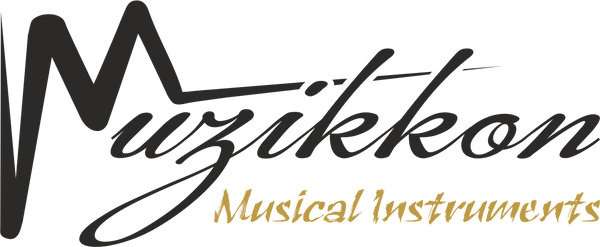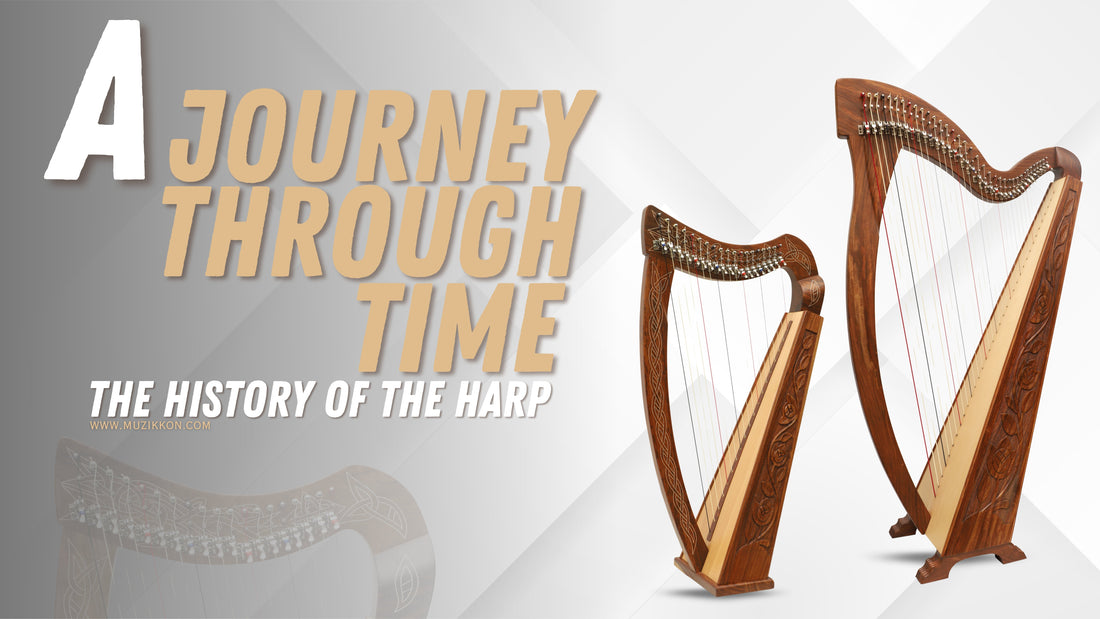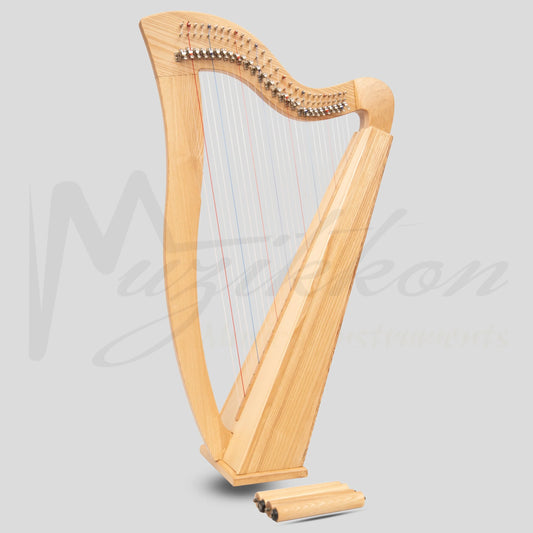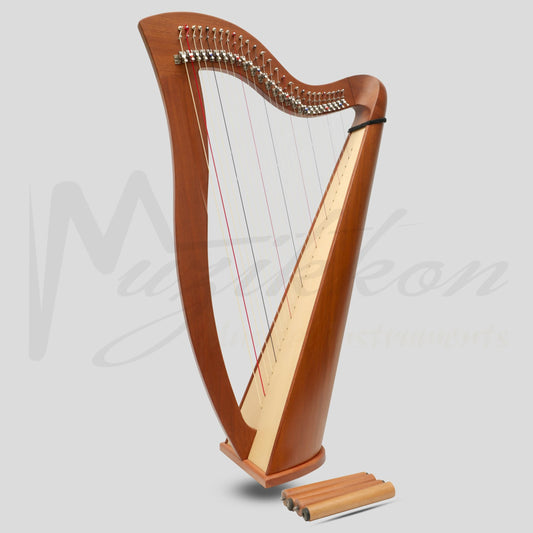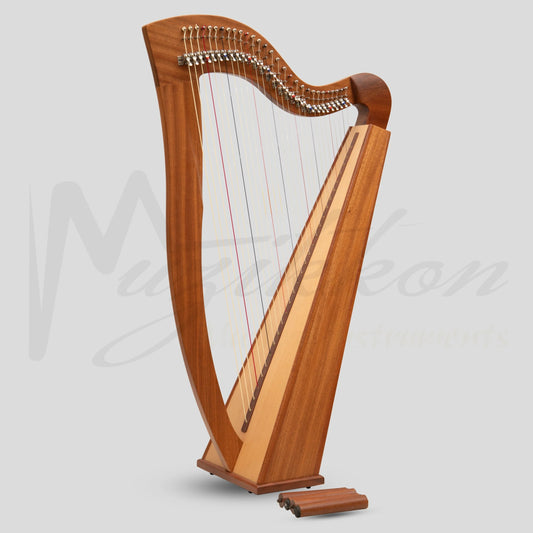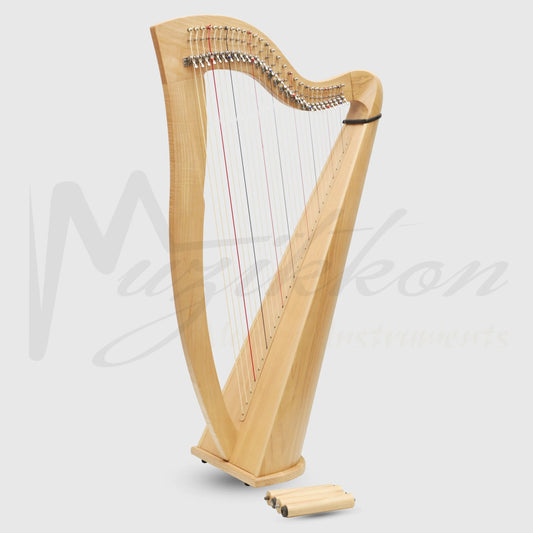Few instruments have carried such rich symbolism and enduring beauty through the centuries as the harp. With its graceful curves and shimmering sound, the harp has found a place in myth, religion, royalty, and art across many cultures. Its journey from ancient times to the modern stage reveals a story of invention, adaptation, and enduring human connection to music.
Ancient Origins and Early Forms
The harp is one of the oldest known musical instruments, with depictions found in ancient Mesopotamian, Egyptian, and Greek art dating back more than 5,000 years. Early harps were simple arched or angular frames strung with a small number of strings, played by plucking with the fingers. In Egypt, harps were often large and bow-shaped, used in ceremonial and religious contexts to accompany chants and processions.
In medieval Europe, the harp took on new forms. The early Celtic harp, or cláirseach, became especially prominent in Ireland and Scotland, where it gained strong cultural significance. Made with a solid carved wood frame and strung with brass or gut strings, the Celtic harp was a symbol of nobility and storytelling, often played in the courts of chieftains and kings. Its sound was both lyrical and powerful, suited to accompany epic poetry and traditional songs.
Throughout the Middle Ages, harps were relatively small and portable, often carried by traveling bards and minstrels. Variations of the harp appeared across the world, each adapted to local materials and musical traditions. Over time, makers began experimenting with larger frames, more strings, and new tuning mechanisms, laying the groundwork for the complex harps known today.
Innovation and Expansion in Modern Times
The Renaissance and Baroque periods saw the harp evolve further, with added strings and improvements in tuning stability. By the 17th century, the development of double and triple-strung harps allowed players to perform more chromatic music, expanding the instrument’s range and capabilities. This era saw the harp move from folk traditions into aristocratic salons and royal courts, where it gained prestige and patronage.
The most significant transformation came in the 19th century with the invention of the pedal harp. Sébastien Érard, a French instrument maker, developed a mechanism that allowed players to change the pitch of strings quickly by pressing foot pedals, enabling smooth modulation across different keys. This innovation gave rise to the modern concert harp, with its grand size, impressive range, and technical versatility. Today, pedal harps are a cornerstone of orchestral and solo classical music, but the tradition of simpler folk harps remains vibrant and celebrated.
Different types of harps continue to flourish, each offering a distinct voice and cultural resonance. The Lyre Harps, with their ancient lineage, connect players to early music traditions. Kinnor Harps, often associated with biblical times, offer a spiritual and historical dimension to the harp family. Meanwhile, modern makers such as Camac in France have brought contemporary craftsmanship to new heights.
Today, whether it is a simple folk harp or a grand concert model, the harp continues to enchant audiences worldwide. Its ability to evoke both delicate intimacy and sweeping grandeur ensures its place across musical genres, from classical to contemporary, from sacred to secular.
For those looking to explore this timeless instrument, Muzikkon offers a wide selection of Harps for Sale, carefully chosen to suit beginners, hobbyists, and professional players alike.
The history of the harp is a testament to music’s enduring power to connect cultures, tell stories, and inspire the human spirit. Whether drawn to its ancient echoes or modern brilliance, every harpist joins a tradition that spans millennia. If you are ready to add your voice to this remarkable story, explore the harp collection at Muzikkon and find the instrument that will accompany your own journey through time.
